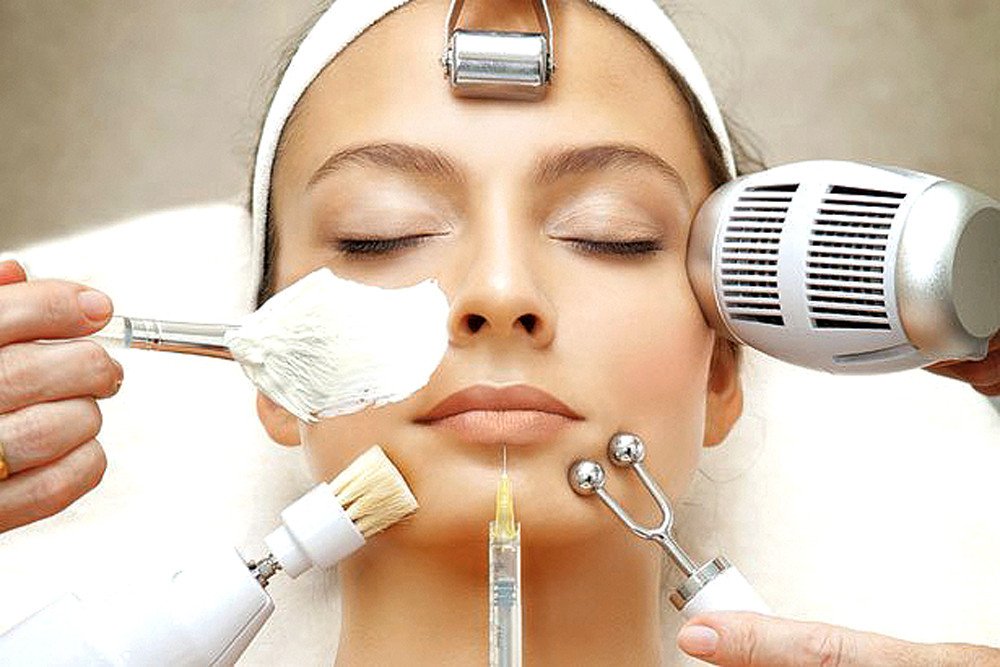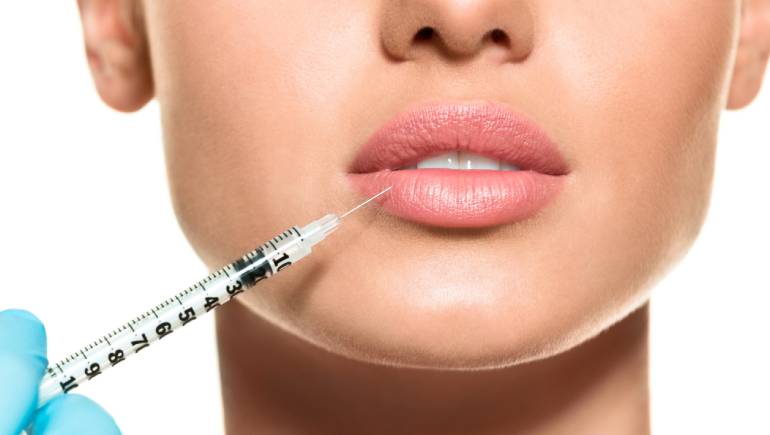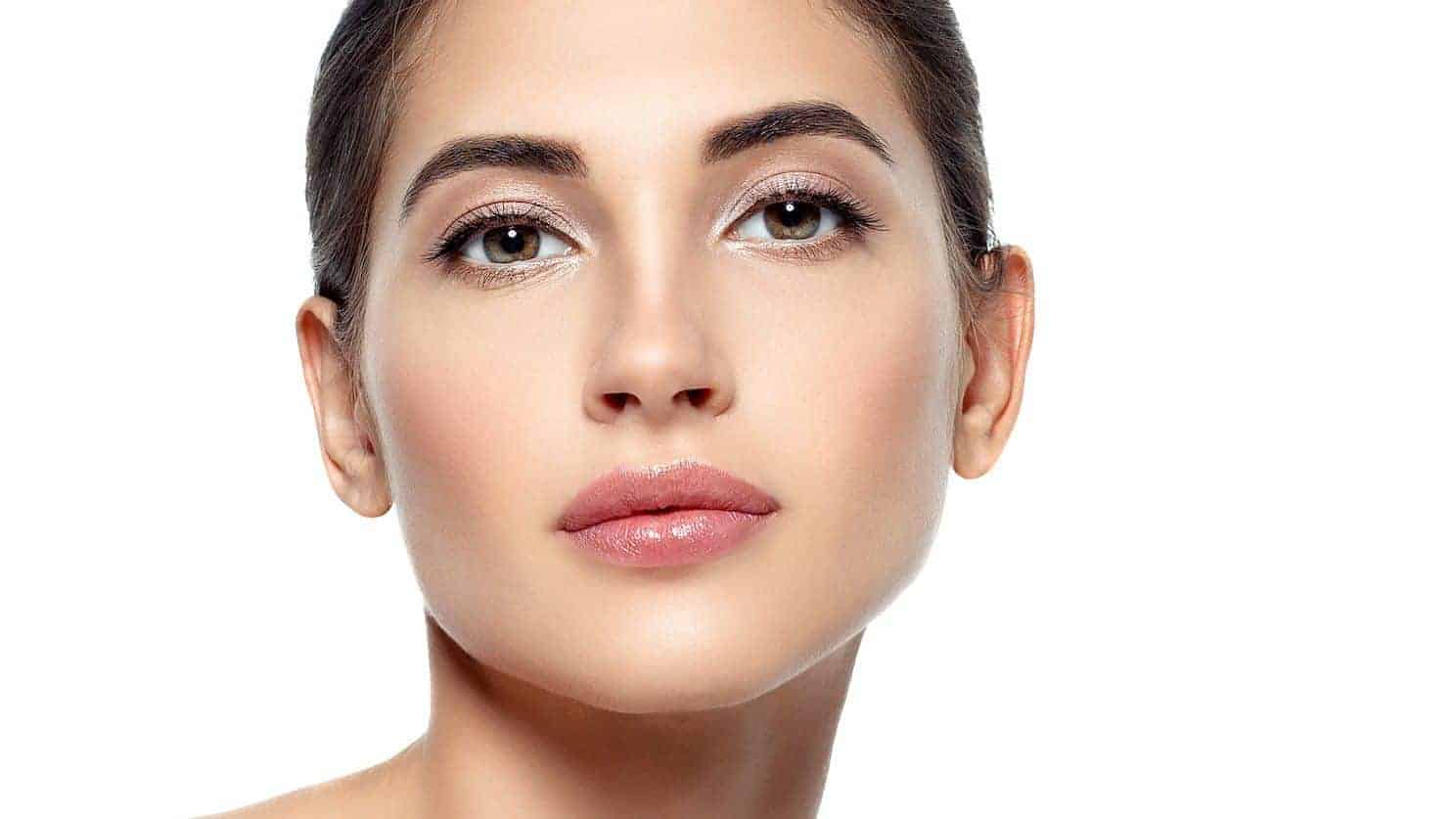
Under Eye Treatment
Dark circles under the lower eyelids are common. Often accompanied by bags, having dark circles under your eyes may invite unwanted comments about how tired you look. In fact, there are many reasons for dark circles. It’s not always from a lack of sleep.
Though they can affect anyone, dark circles are more common in:
- older adults
- people with a genetic predisposition to this condition (periorbital hyperpigmentation
- people with darker skin tones, who are more prone to hyperpigmentation around the eye area
Fatigue may seem like the most well-known cause, but there are actually many reasons for dark circles. In most cases, there is no need for concern, and no medical attention is needed.
There is a lot of pressure on people to look perfect all the time. In fact, having dark circles can be a normal part of being a human.
Read on to learn more about dark circles under the eyes.
There are a number of possible reasons for dark circles under your eyes. Some common causes include:
Fatigue
Oversleeping, extreme fatigue, or just staying up a few hours past your typical bedtime can cause dark circles to form under your eyes. Sleep deprivation can cause your skin to become dull and paler. The dark tissues and blood vessels beneath your skin can start to show.
Lack of sleep may also cause fluid to build underneath your eyes, causing them to appear puffy. The dark circles you see may actually be shadows cast by puffy eyelids.
Age
Natural aging is another common reason for dark circles beneath your eyes.
As you get older, your skin becomes thinner. There may be a decrease in the fat and collagen that maintains your skin’s elasticity. As this occurs, the dark blood vessels beneath your skin become more visible, causing the area below your eyes to darken.
Eyestrain
Staring at your television or computer screen may cause strain on your eyes. This strain can enlarge the blood vessels around your eyes. As a result, the skin surrounding your eyes can darken.
Allergies
Allergic reactions and eye dryness can trigger dark circles. When you have an allergic reaction, your body releases histamines to fight off the invader. This causes several symptoms, including itchiness, redness, and puffy eyes. Histamines also cause your blood vessels to dilate and become more visible beneath your skin.
Allergies can increase your urge to rub and scratch the itchy skin around your eyes. These actions can worsen your symptoms, causing inflammation, swelling, and broken blood vessels. This can result in dark shadows beneath your eyes.
Dehydration
Dehydration is a common cause of dark circles under your eyes. When your body is not well hydrated, the skin beneath your eyes begins to look dull and your eyes look sunken. This is due to the eyes’ close proximity to the underlying bone.
Sun overexposure
Sun exposure can cause your body to produce an excess of melanin, the pigment that gives your skin color. Too much sun — particularly for your eyes — can cause pigmentation in the surrounding skin to darken.
Genetics
Family history also plays a part in developing dark circles under your eyes. It can be an inherited trait seen early in childhood. Over time, the dark circles may lighten or get darker.
Predispositions to other medical conditions — such as thyroid disease — can also result in dark circles beneath your eyes.
Anemia
Anemia is when your levels of red blood cells are lower than normal. This can leave you feeling:
- dizzy
- weak
- lightheaded
- short of breath
- tired
If you have anemia, you may also notice that your skin is paler than usual, and you may have dark circles under your eyes. Talk with a doctor about getting blood work done to check your iron levels. Treatments for anemia include:
- dietary changes
- iron supplements
- iron infusions, depending on your levels
appearance of dark circles.
Remember that dark circles are not something that have to be fixed. There is nothing wrong with just leaving them be. You should not feel pressure to permanently change how you look.
Some medical treatments used for reducing dark circles include:
- chemical peels to reduce pigmentation
- laser surgery to resurface the skin and enhance skin tightening
- medical tattoos to inject pigment into thinning skin areas
- tissue fillers to conceal blood vessels and melanin that cause skin discoloration beneath your eyes
- fat removal to remove excess fat and skin, revealing a smoother and more even surface
- surgical implants of fat or synthetic products
- carboxytherapy to increase blood flow to the area under the eyes
Before deciding on any cosmetic procedures, discuss your options with a doctor. Invasive medical treatments can be expensive, painful, and may require a long recovery time.
For some people, getting more sleep, staying hydrated, and reducing screen time may be helpful. Cold compresses or eye creams may help. There are also more permanent medical treatments for dark circles under your eyes.
Dark circles can come and go. How long they last will depend on many factors. There may be times that under-eye circles are lighter or darker. Some people naturally have darker circles under their eyes because of genetics
There are a few older studies that suggested that vitamin E, vitamin CTrusted Source, and vitamin K in topical products may play a role in reducing dark circles under the eyes. Many products also contain retinoid, made from vitamin A, which may modify skin tone.
Dark circles under the eyes may be a sign of iron deficiency anemia In those cases, an iron supplement may be helpful to normalize blood levels.
People can help prevent the appearance of dark circles by addressing lifestyle factors.
- Getting enough sleep and reduce stress: Source found that stress increased the appearance of dark circles, while rest and healthy lifestyle habits decreased discoloration.
- Protecting the eyes from the sun: Wearing UV protection sunglasses that cover around the eyes and wearing sunscreen around the eyes can help to prevent or reduce dark circles.
- Stopping smoking and reduce alcohol consumption: Smoking and excessive alcohol consumption can speed up the aging process of the body and may increase the risk of dark circles.
Book Your Free Consultation Now
Other Treatment
-
Lip Lightening
Lip darkening is a common issue that both men and women face. From smoking to allergies and dehydration, there are many reasons behind the lip losing its natural color.
-
Lip Enhancement
Lip augmentation is a cosmetic procedure that can give you fuller, plumper lips. These days, an injectable dermal filler is the most commonly used method of lip augmentation.
-
Nose Enhancement
one of the most popular types of plastic surgery/cosmetic surgery. It is done to reshape the nose and improve appearance or to fix medical problems that interfere with breathing,
Gallery









